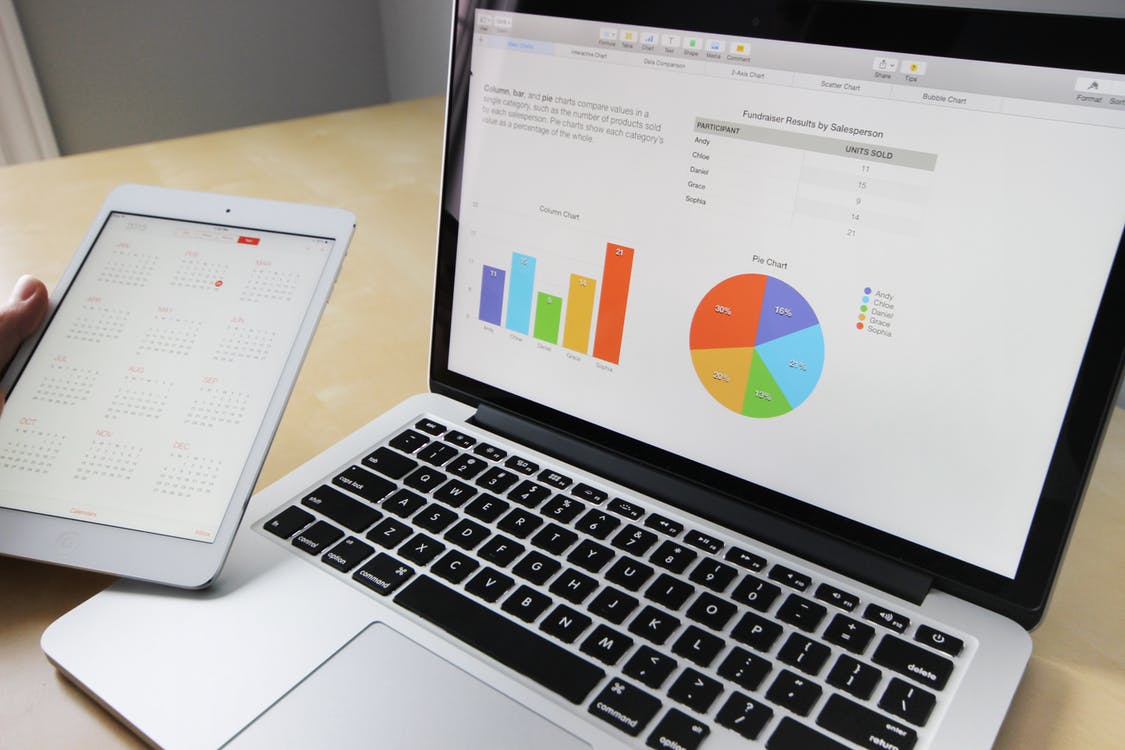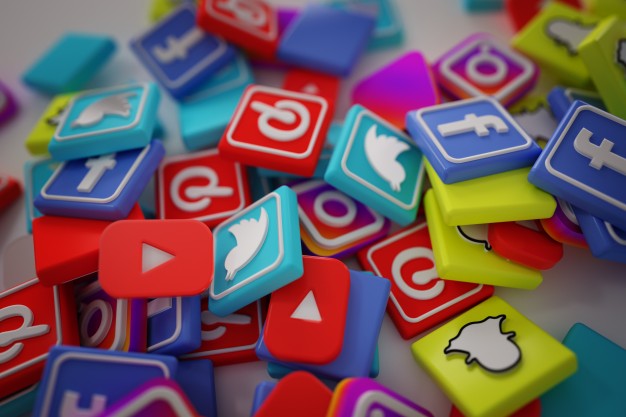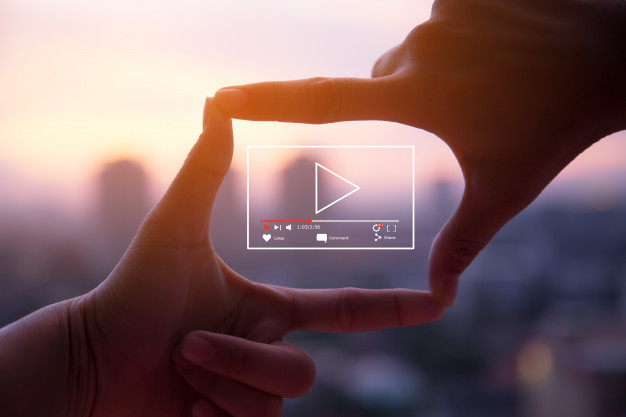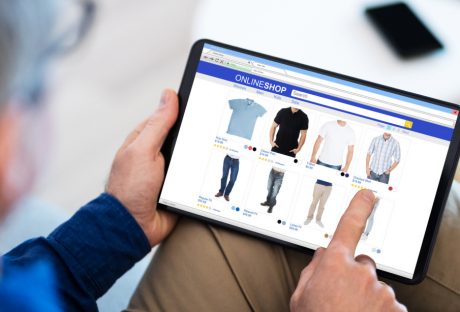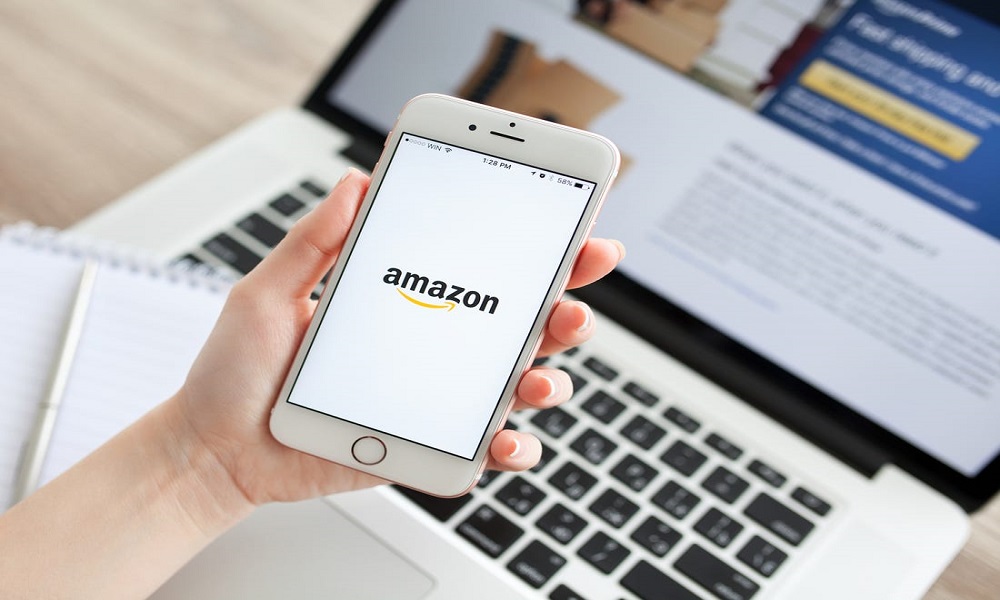To think life will go back to normal post-Pandemic is a pipe dream. The world underwent a paradigm shift to the new normal, and there is no returning now. The COVID-19 Pandemic has brought many changes we couldn’t have ever predicted. The unheralded health crises impacted nearly everything, from personal affairs to governmental decisions and even corporate matters.
Business operations, in particular, faced quite a few alterations. Digital mediums took over the world by storm, and e-commerce businesses experienced a significant rise in demand. These reshaped business activities welcomed a considerable restructuring of marketing strategies. Marketers primarily shifted their focus to online tools, giving digital marketing an unanticipated hype.
Given the technological innovations rate, marketers expect to see many more advancements in the marketing department post-COVID-19. Read below to find out how marketing strategies will change after the Pandemic.
1. The Importance of Online Presence:
If businesses have to choose one takeaway from the crisis, it would be essential to have an online presence. With strict lockdowns and restrictions on going out, the entire world switched to conducting and participating in businesses online. Many also realized the convenience such platforms bring.
Hence, owning a website has now become an essential business marketing strategy. Almost 56% of businesses with a website perform better as compared to the ones without a website. Besides, a website is one of the most powerful digital marketing tools.
It marks your presence on the internet and helps you get more reach. A website also lets you upload a customizable flip book or eBook where you can share all necessary details about your products and services. It is an exceptional technique to spread awareness about your brand, attract traffic, and eventually boost sales.
A website gives your customers ease of access and costs much less than traditional marketing, and dramatically impacts investment return. It is a proven worthwhile investment. An authentic-looking website enhances your business’s professionalism and adds value to it.
Hence, having a website is vital for a business’s success. So, it is safe to say that website marketing will be a critical element post-COVID-19.
2. The Emergence of Social Media:
Social media is undisputedly the king of marketing. The world is quickly becoming digitally advanced, with social media users increasing rapidly. Nearly 83.3% of people use social media worldwide, and the figure is likely to grow by 10% each year.
Not only that, 71% of businesses have a social media account, out of which 90% experience improvements in sales and growth. 90% of users connect with brands through social media, and 54% of consumers make purchases from brands after scrolling through the brand’s social media account.
The statistics above prove the criticality of a social media presence for businesses. The future is uncalled for, but one thing is for sure; social media’s regime will only grow. Social media helps connect brands with potential customers and allows marketers to make informed decisions based on the target audience. It also gives businesses an incredible opportunity to grow.
The paid advertising options on Facebook, Instagram, and Snapchat are the easiest, quickest, and most affordable promotion plans for your business. So, you can popularize, promote, and increase your brand’s overall ROI without breaking the bank.
Social media is here to stay and quite possibly grow into a platform unimaginable. Hence, social media was, is, and will remain, marketers, fundamental focus.
3. Video Marketing:
Video marketing was every marketer’s favorite even before COVID-19 and is still growing phenomenally. Studies confirm that videos interest more users than any other graphics form and carry great potential for attracting customers.
YouTube and other video streaming sites are experiencing an incredible increase in usage. These sites allow businesses to market their products and services or raise brand awareness in the form of high-quality videos. Video content also plays an essential role in emails.
It exceptionally increases your email’s click-through rates and decreases the unsubscribe rates. Additionally, it boosts your SEO by attracting traffic and increasing your site’s searchability and visibility on different search engines.
After seeing how effective video marketing leaves on the brand and consumers, it is likely to grow and remain a powerful marketing strategy in the future.
4. Customer Retention and Loyalty:
One major disadvantage many businesses had to face due to the Pandemic was to cut down costs in essential areas like marketing. As a result, markets had to shift their focus to different, long-run marketing tactics like building customer loyalty.
Customer loyalty helps you stay one step ahead of your competitors. Loyal customers give you valuable feedback, increasing your business’s rating and eventually attracting new customers. Building customer loyalty considerably reduces your marketing spending, but retaining a customer also leads to a more profitable outcome. Remember, customer retention is what powers customer acquisition.
The free word-of-mouth promotion your business gets from loyal customers is one of the most significant benefits of building customer loyalty. Loyal customers are also likely to make purchases repeatedly and trust your business enough to pay premium prices.
5. Less Is More:
The Pandemic has stipulated marketers think about innovative marketing strategies without having to go all out. They have to find ways to develop creative marketing campaigns, which are both practical and inexpensive.
Moreover, with a limited budget, marketers have restricted resources which they have to ensure to save for more than one campaign. In short, the coronavirus has compelled marketers to do more with less.
Marketers need to make efficient use of technology to find solutions and make decisions quicker. The “less is more” trend will continue long after the Pandemic is over as marketers turn their attention to enhancing innovation and improving skills.
Conclusion:
Businesses will undoubtedly have to deal with the pandemic effects for a long time to come. However, organizations have to push ahead. The Pandemic led to several changes in consumer buying patterns which marketers cannot ignore at any cost. The changes in consumption techniques encouraged marketers to think ahead and think creatively.
Even though companies cut down the cost of marketing immensely due to COVID-19, the role of marketing has thoroughly increased during the Pandemic. However, there is still quite a lot of room for growth and innovation. These alterations in marketing strategies are likely to continue and grow post-COVID.
Read Also:














